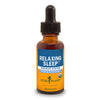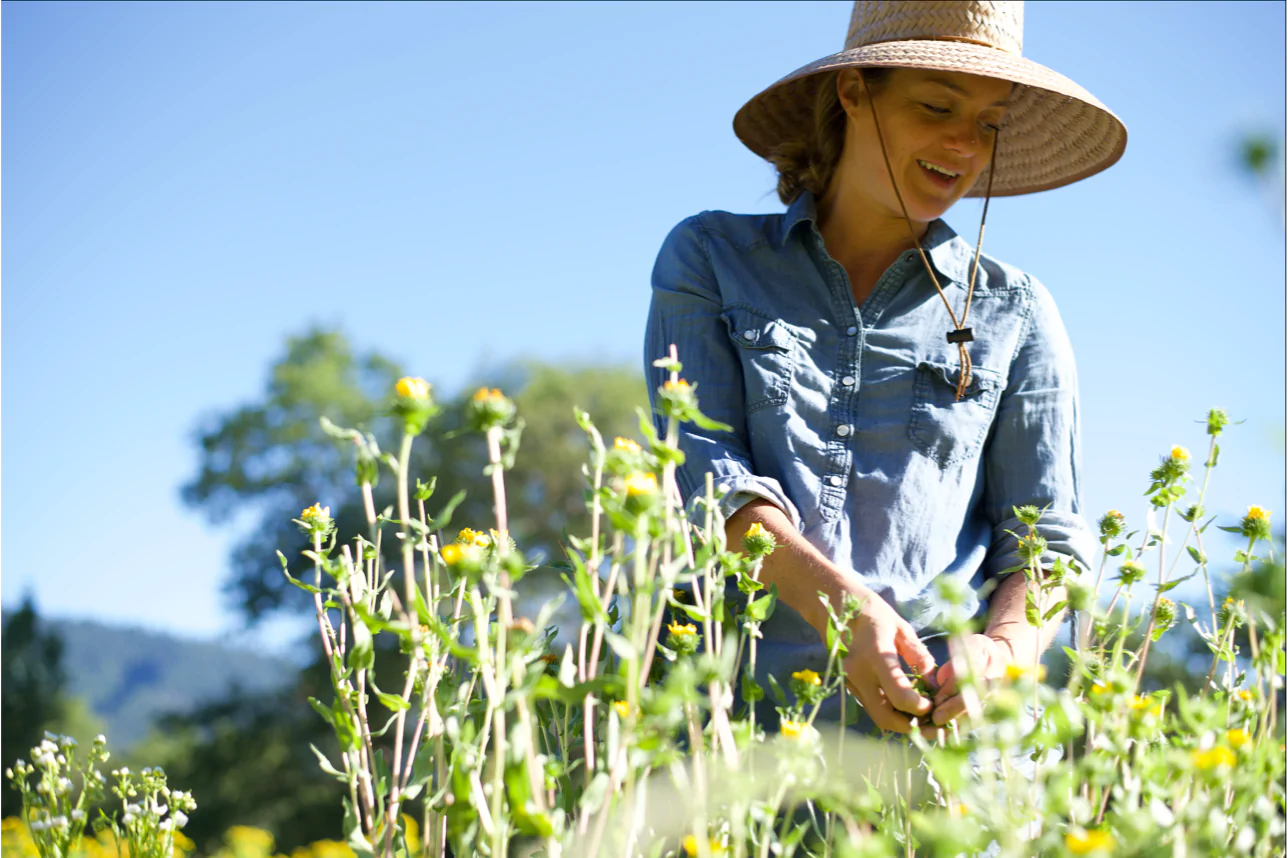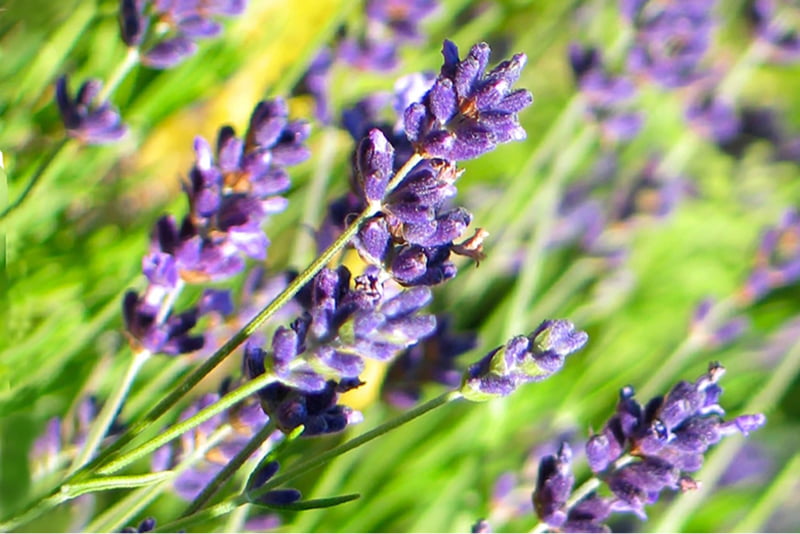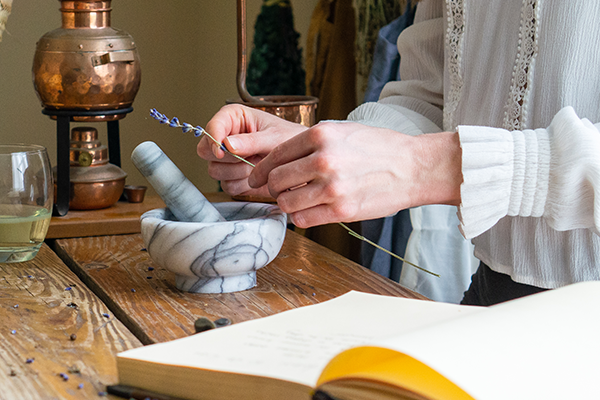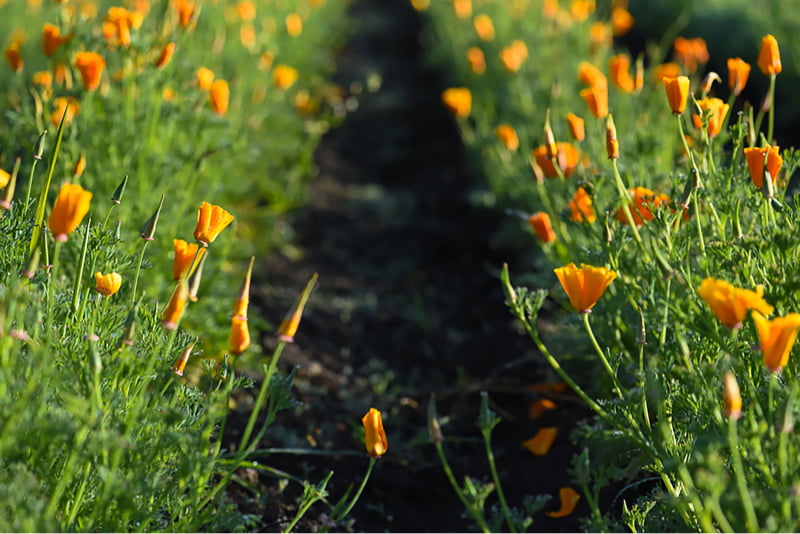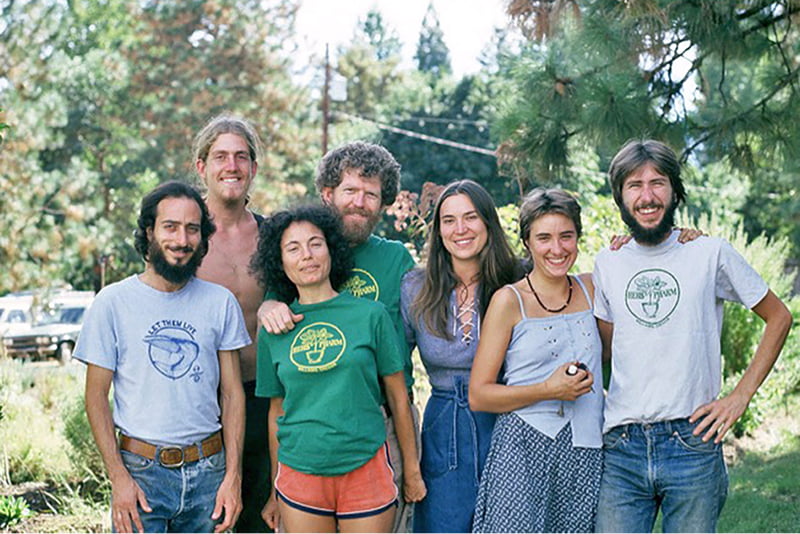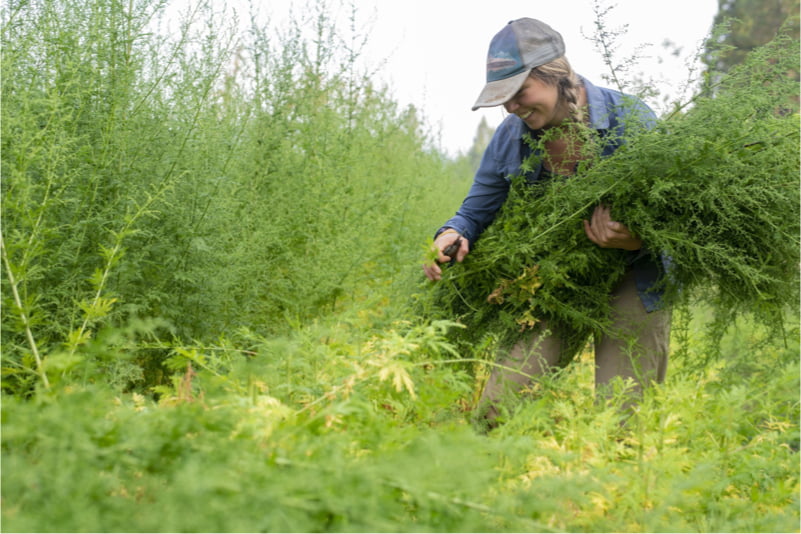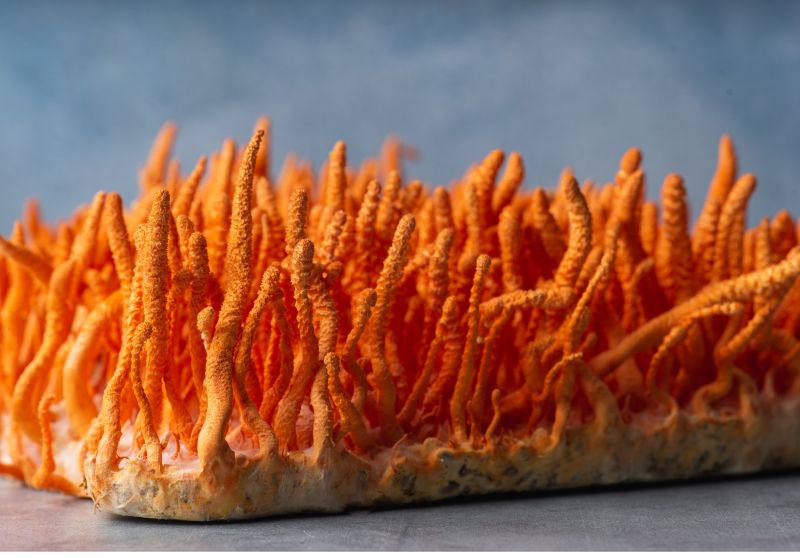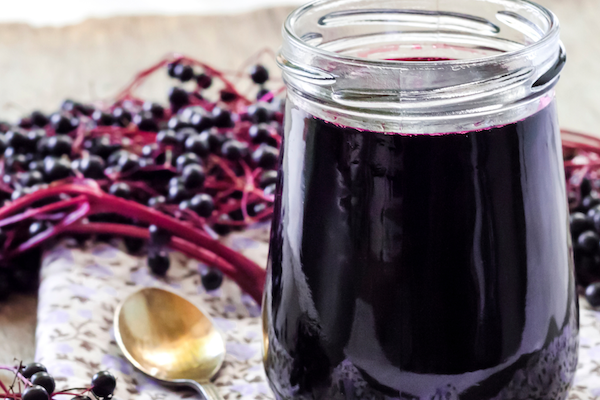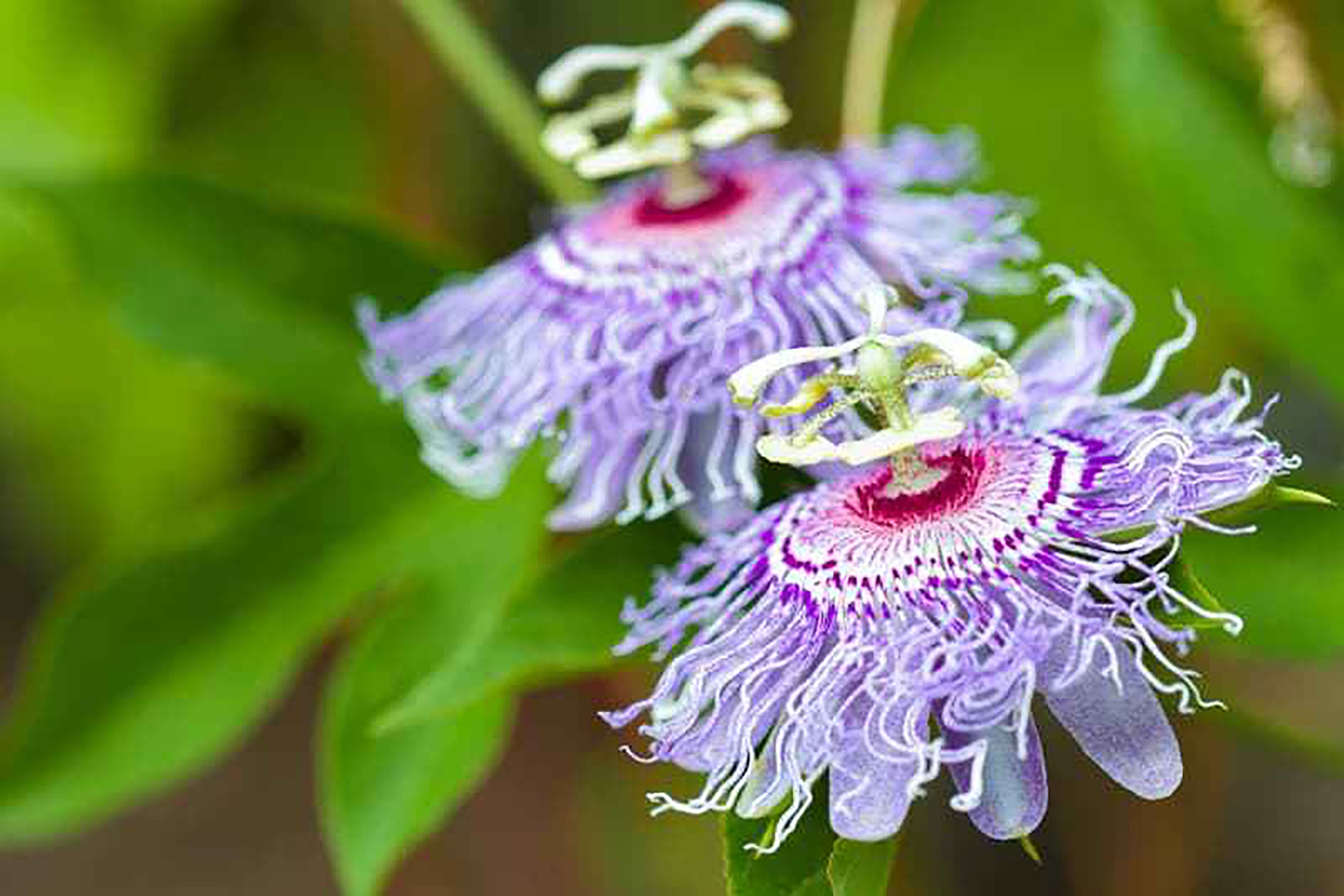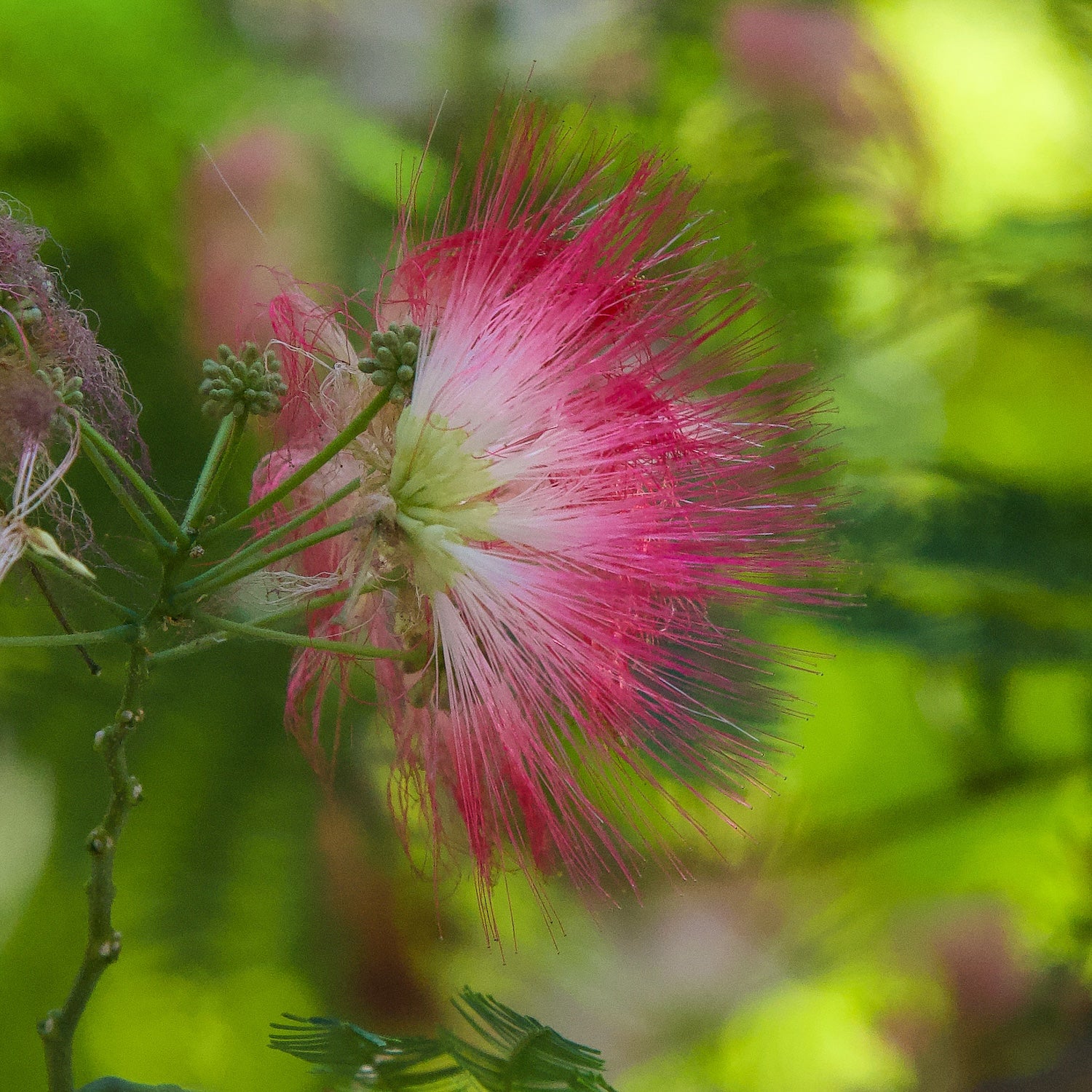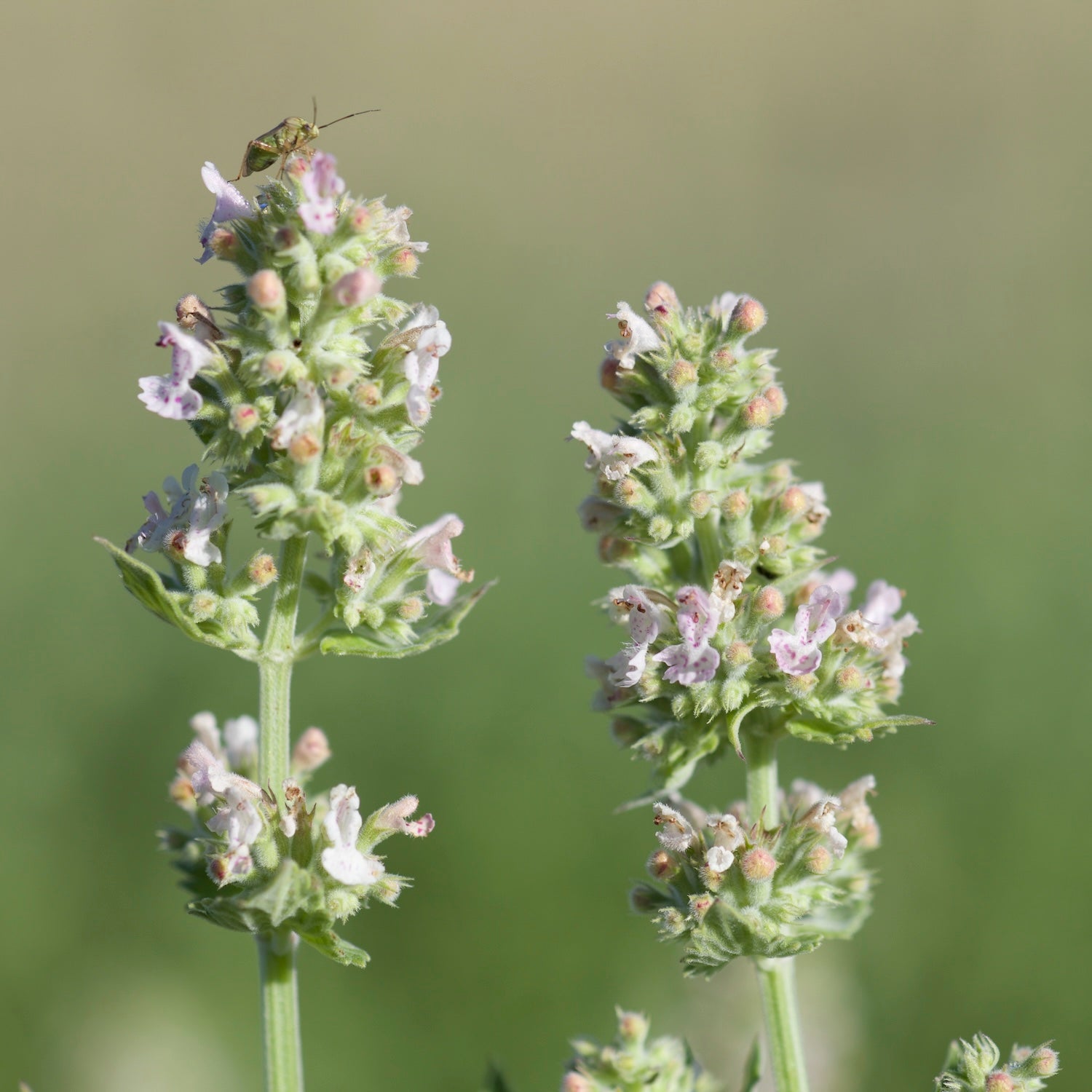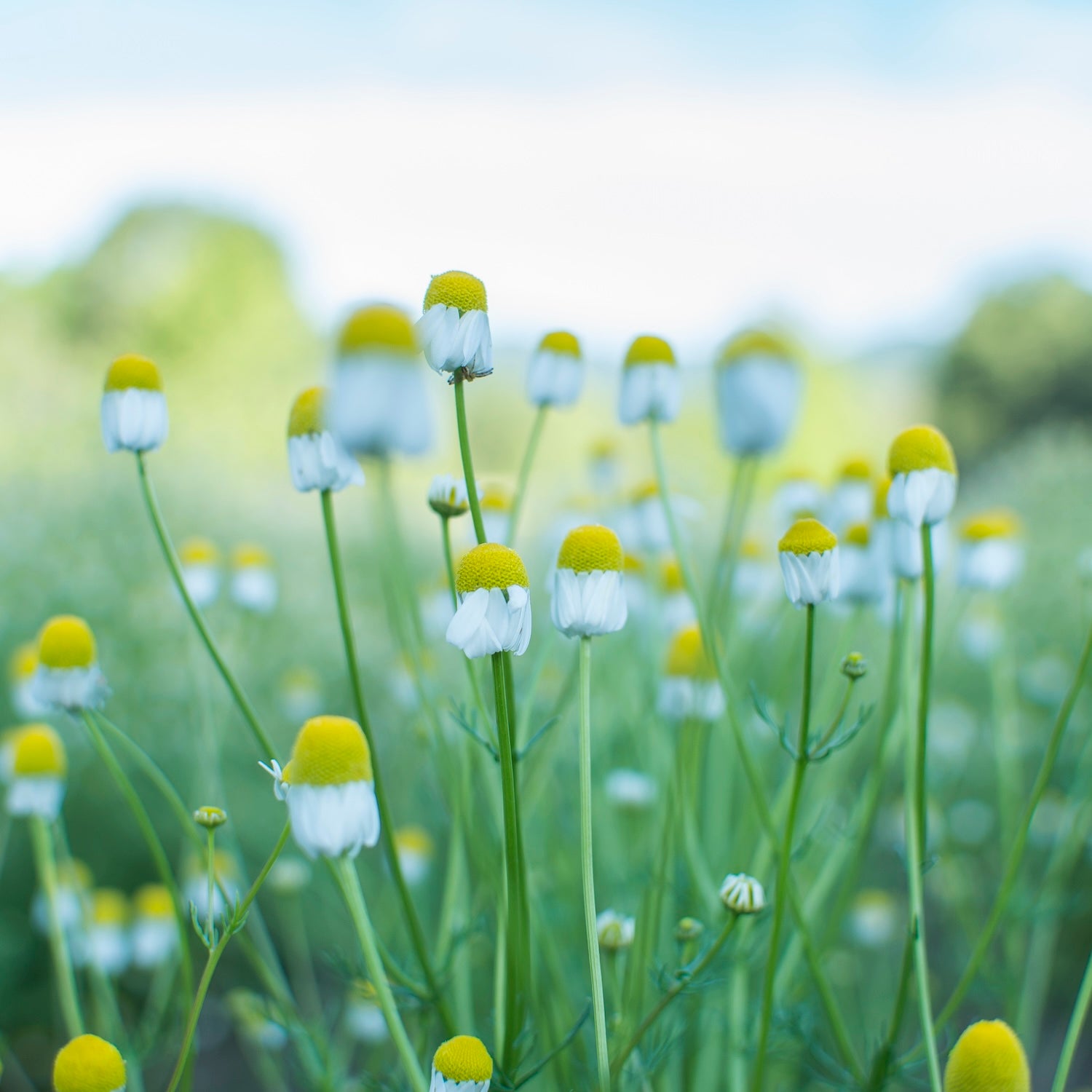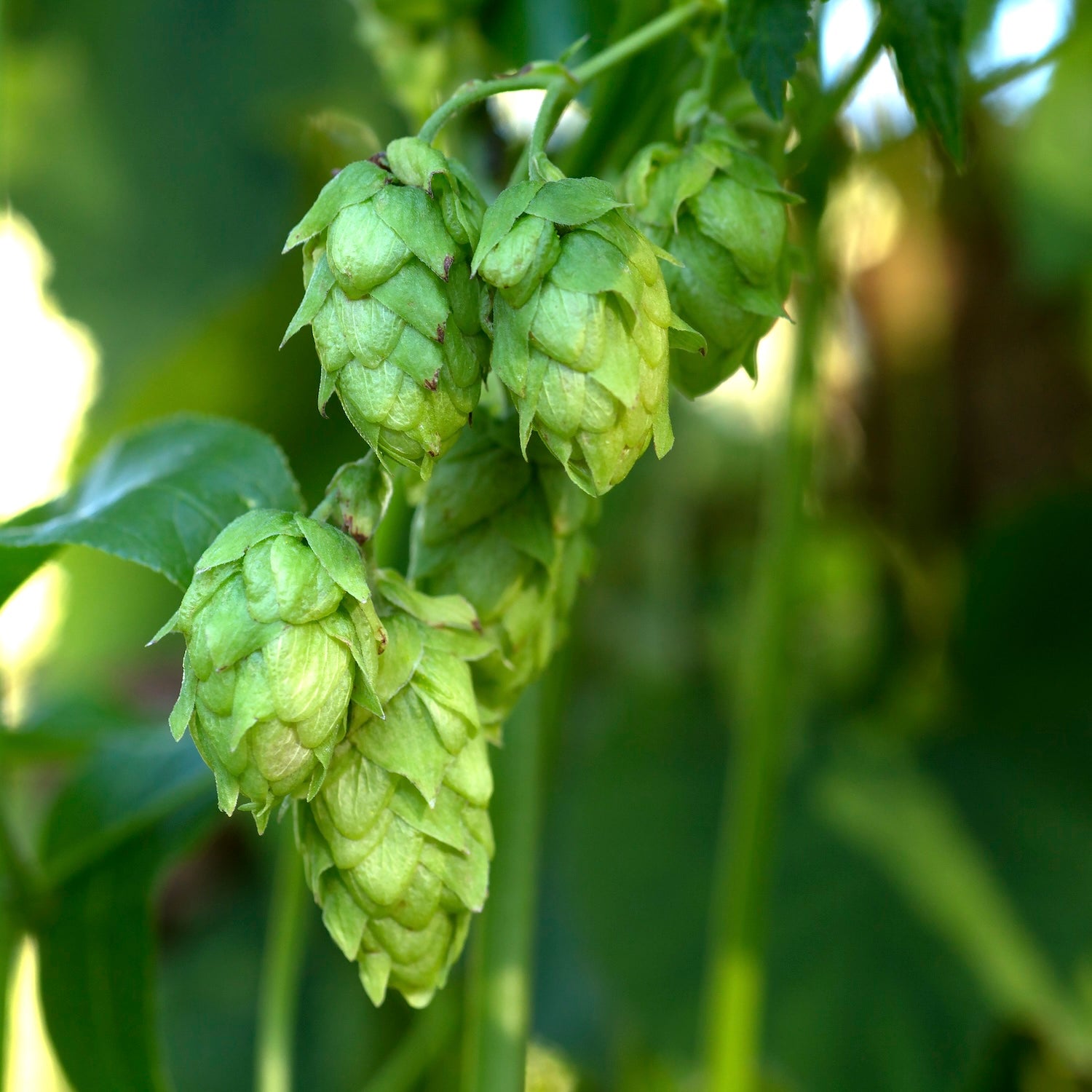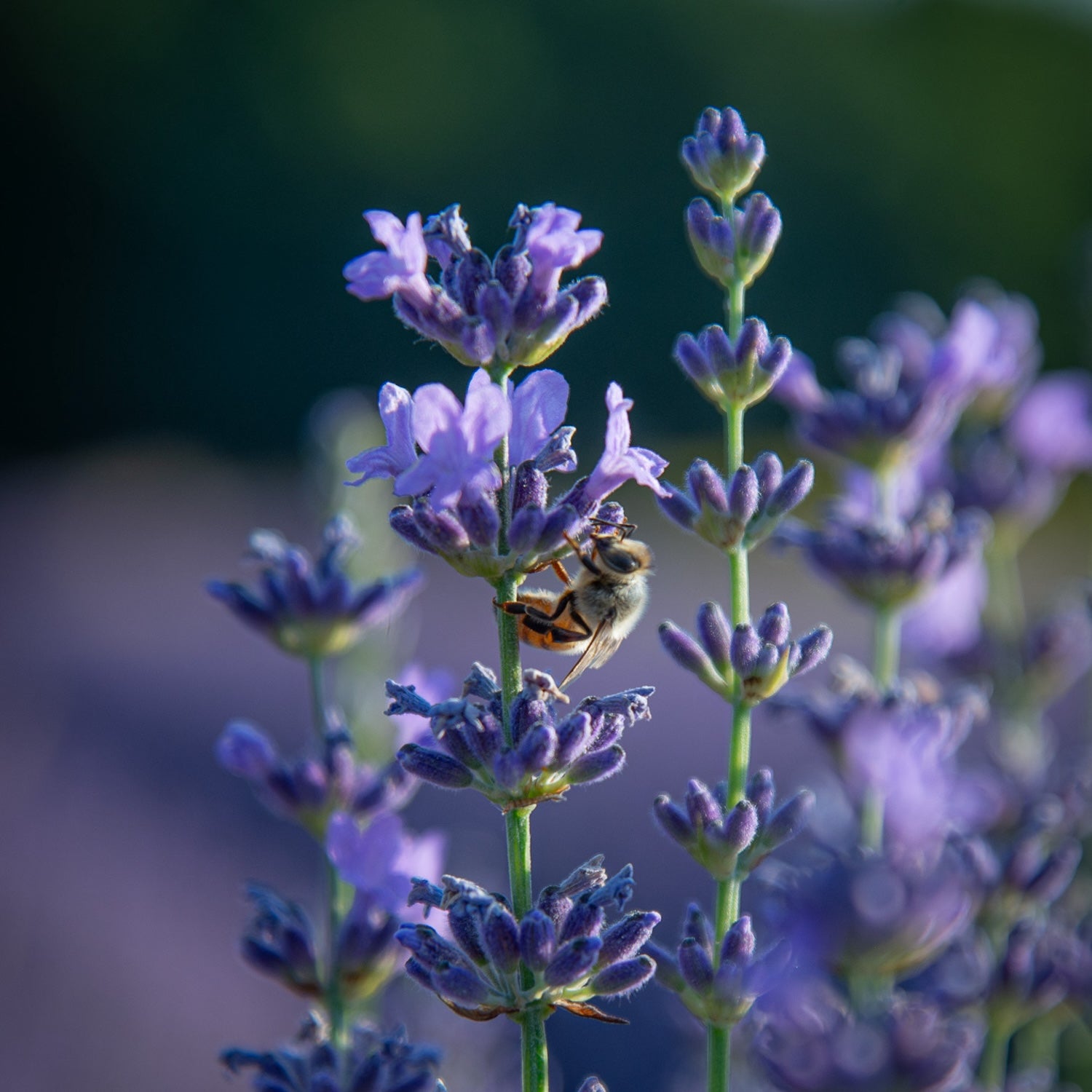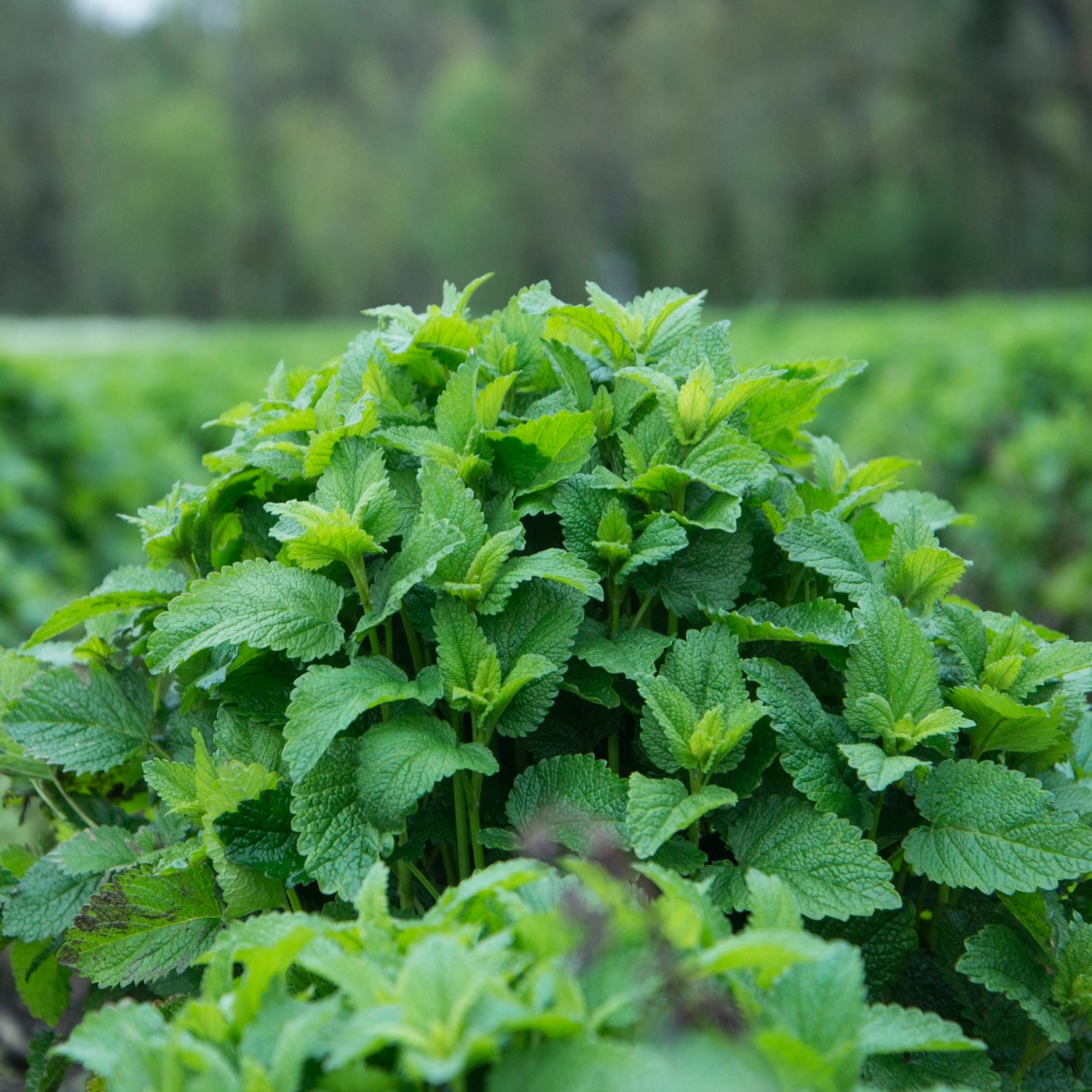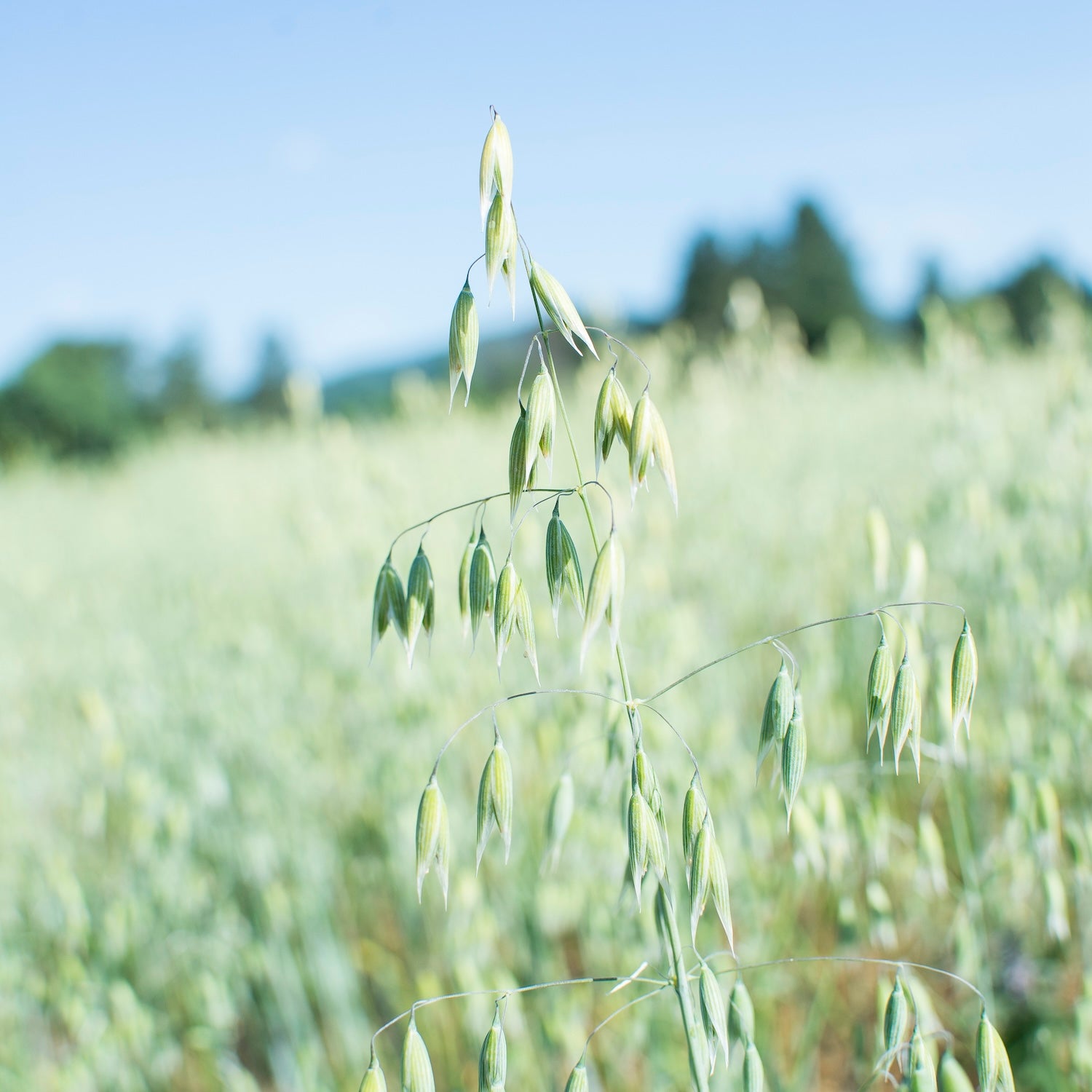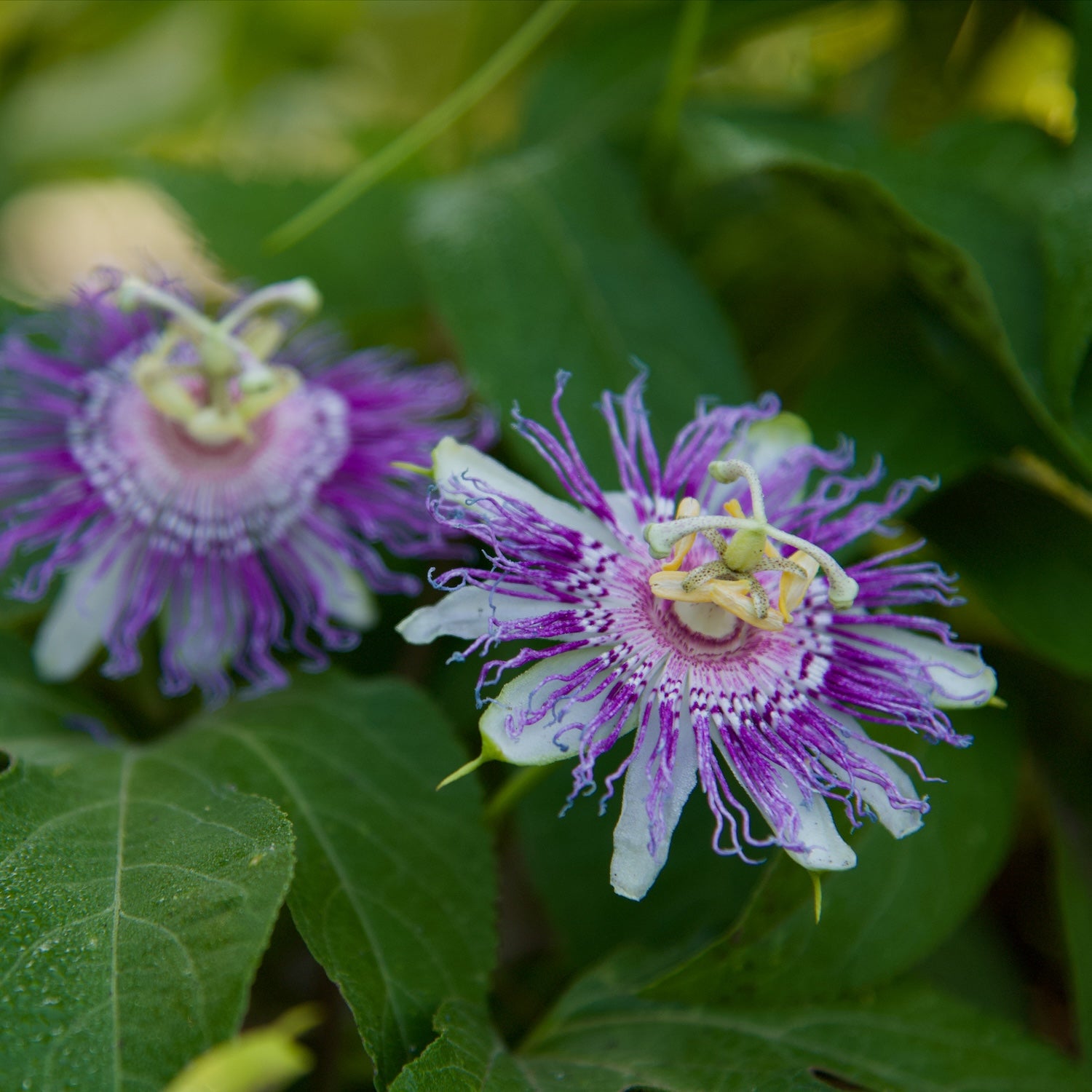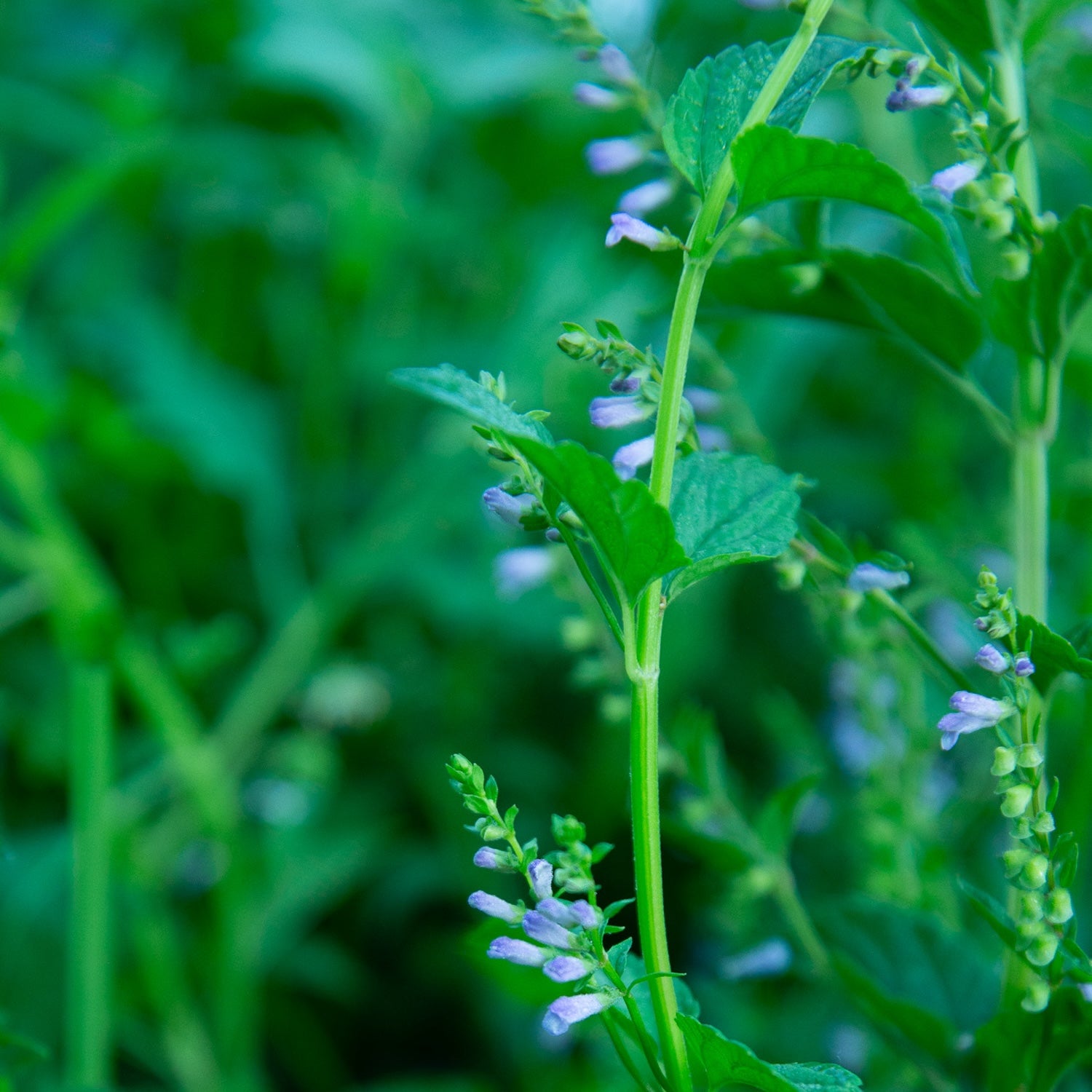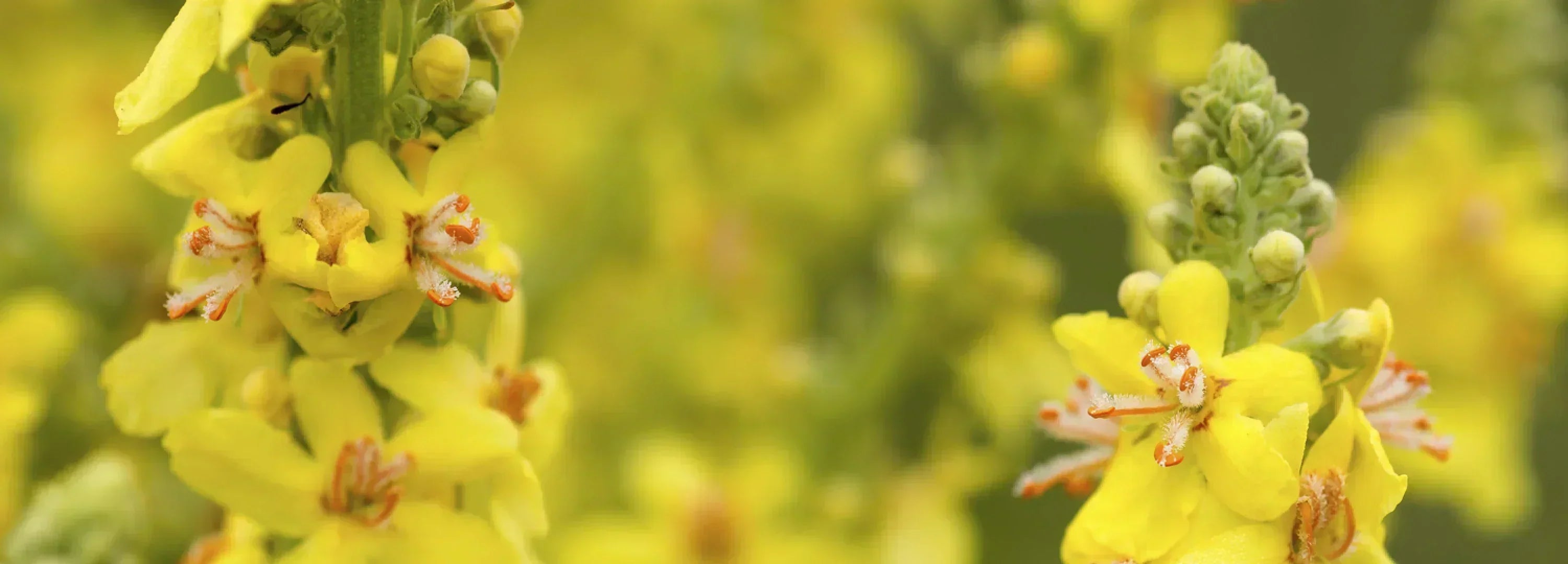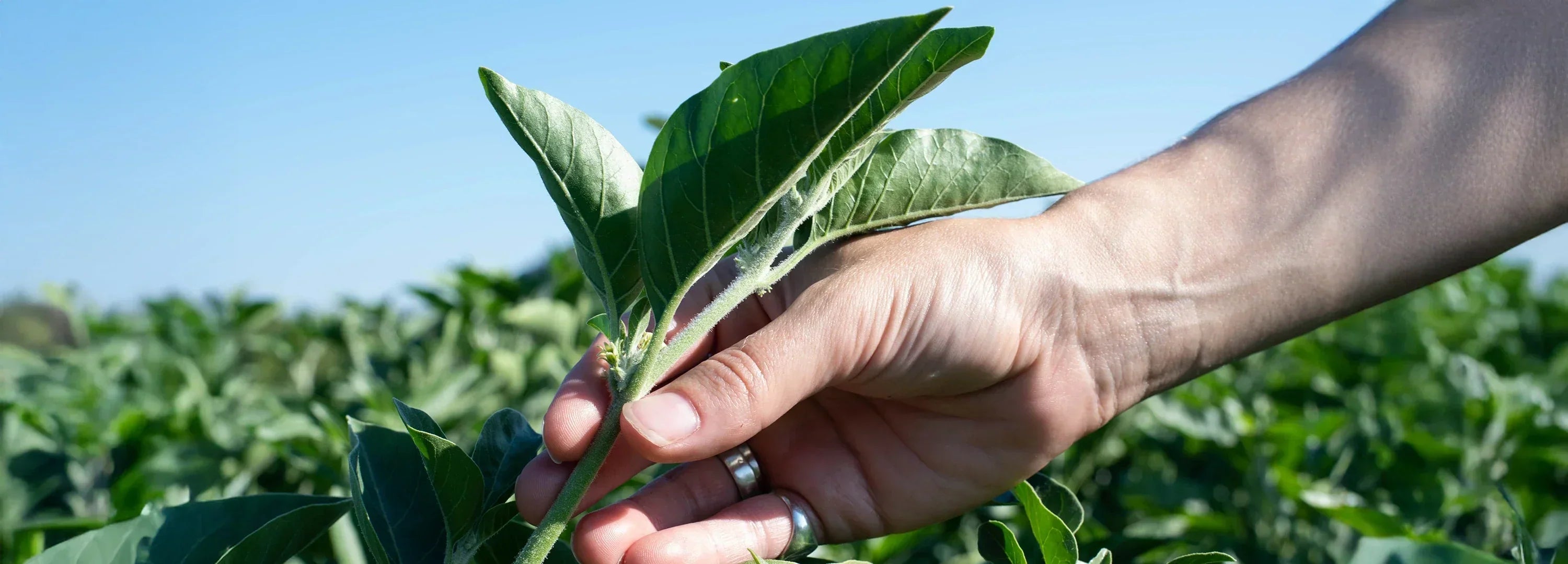While no two herbs are exactly alike, herbalism does divide them into groups, based on their modern and traditional uses, properties and phytochemical constituents. This blog will look at a group of herbs called nervines, which includes all of the ingredients in our much-loved Mind Soother™ formulation, along with other herbs you likely know well.
What are nervines?
Nervines are herbs that offer support to the nervous system, including the brain and nerves. Your body has billions and billions of nerve cells, or neurons, including about 86 billion in your brain itself. As a reminder, your nervous system is responsible for getting messages from your brain to the rest of the body and back again. Your brain is the command center that controls feeling, talking, learning, remembering, moving and more.*
Your nervous system is connected to and communicates with everything else in the body. As such, nervines are often paired with other herbs that support different systems and structures of the body.
You’ll commonly hear nervines discussed alongside adaptogens, a group of herbs used to support our bodies’ natural responses to stress, fatigue and more.*
Nervines can be divided into several groups. Two common types of nervines are:
-
Nervine tonics offer nourishment and support for the nervous system. Examples include Albizia, Bacopa, Milky Oats and Skullcap.*
-
Nervine relaxants provide calming support for the nervous system. Examples include California Poppy, Catnip, Chamomile, Hops, Kava, Lavender, Lemon Balm, Passionflower and Valerian.*
Here’s a closer look at some common nervines:*
Albizia
Albizia (Albizia julibrissin) is also known as Mimosa. Travel across the Southeast US in summer, and you’ll see its whimsical pink and white flowers fluttering in the wind. They’re light and feathery, with a pleasant fragrance. The trees are technically an invasive species in the South, introduced back in the late 1700s by French botanist Andre Michaux. They’re actually native to China, where the tree is known as Silk Plant or “the Tree of Happiness.”
The bark has long been used in traditional Chinese herbalism to calm the mind and heart. The bark and flower traditionally were used in times of grief. Take one look at the delicate pink flowers and you can’t help but smile!*
-
Botanical Name: Albizia julibrissin
-
Common Name(s): Albizia, Silk Tree, Mimosa Tree, Pinyin: He Huan Pi
-
Plant Family: Fabaceae
-
Native Habitat: China, but now found in Europe and North America
-
Parts Used: Bark
-
Use(s):
- Stabilizing support for the nervous system.*
- Known commonly as “Happiness Bark” for its use calming the mind and heart.*
- Supports mental calmness and traditionally used in times of grief.*
-
Flavor Profile: Slightly bittersweet and acrid, woody
Bacopa
Though Bacopa (Bacopa monnieri) is an Ayurvedic herb native to India, it also grows wild in areas of Texas and other southern states. Also known as Water Hyssop, it’s a perennial “creeping” herb that loves warm, wet climates.
It has been used in Ayurveda since the 6th century to support healthy brain function, and Vedic scholars relied on it when memorizing sacred texts. Bacopa is so revered that one of its common names is Brahmi, named after the Hindu god Brahma.*
-
Botanical Name: Bacopa monnieri
-
Common Name(s): Bacopa, Brahmi, Herb-of-Grace, Indian Pennywort, Water Hyssop
-
Plant Family: Plantaginaceae
-
Native Habitat: Australia and India, East Asia and the United States
-
Parts Used: Herb
-
Use(s):
- Supports healthy brain function.*
-
Flavor Profile: Bitter, slightly salty and sour
California Poppy
California Poppy (Eschscholzia californica) is native to California, Oregon, Washington and the southwestern United States, and it has been naturalized in many other areas around the world. Though California Poppy is generally grown as a perennial in temperate climates, here at Herb Pharm, we grow it as an annual, as we harvest the whole plant every year.
The vibrant blossoms are one of our favorite sights in summer, especially as sundown approaches, when their flower petals begin to close. California Poppy is traditionally used for calming support for the nervous system.*
Native American tribes used this herb for centuries, in herbalism and as food, and in some regions placed California Poppy flowers under their children’s beds to help them sleep. It’s also the official state flower of California.
-
Botanical Name: Eschscholzia californica
-
Common Name(s): California poppy
-
Plant Family: Papaveraceae
-
Native Habitat: Western US
-
Parts Used: Whole flowering plant
-
Use(s):
- Traditionally used for calming support for the nervous system.*
-
Flavor Profile: Bitter with mild aromatic notes
Catnip
As the name suggests, Catnip (Nepeta cataria) is beloved by our feline friends. However, this herb is not only for cats. We think it’s underappreciated by humans — and there’s plenty of Catmint to share! (And if you struggle to keep deer or aphids out of your garden, consider planting Catnip, as it repels them both.) Catnip loves the sun and is an aromatic perennial like many of its Mint family relatives.
If you’ve ever seen a cat in the presence of Catnip, you might be surprised to learn that it is categorized as a relaxing nervine for humans. Catnip is stimulating when cats sniff it, but relaxing when they eat it!*
Traditionally Catnip was consumed as a tea across Europe, to offer calming support to mind and body. It is sometimes combined with Peppermint, which soothes indigestion and occasional nausea, or Lemon Balm, which provides support for nervousness and over-excitement.*
Catnip is great for kids, too. You’ll find it in both Kids Tummy TLC™ and Kids Fast Asleep™.
-
Botanical Name: Nepeta cataria
-
Common Name(s): Catnip, Catmint
-
Plant Family: Lamiaceae
-
Native Habitat: Parts of Europe, central Asia, the Middle East and China, but now found in North America
-
Parts Used: Flowering herb
-
Use(s):
- Calming support for the nervous system.*
-
Flavor Profile: Aromatic and moderately bitter
Chamomile
Chamomile (Matricaria chamomilla and formerly known as Matricaria recutita) is a member of the Daisy family that has been used in herbalism for thousands of years, dating back to ancient Rome, Greece and Egypt! You might be most familiar with aromatic, bittersweet Chamomile tea, but the herb has also been used traditionally as an eye wash, an herbal bath and a powder. It’s still quite popular today, in herbalism, as a tea and in skin care (as an essential oil).
This gentle herb is appropriate for kids and adults, and you’ll even find a mention of it in the beloved children’s book, The Tale of Peter Rabbit. His mother brews up a cup Chamomile tea after a frightful experience in Mr. McGregor’s garden (and a feast of vegetables)!
We grow this herb on the farm. You can distinguish it from other members of the Daisy family by the hollow center of its white and yellow flowers. Known as the receptacle, this hollowness is sometimes called the “womb” of Chamomile, a nod to both its traditional use and genus name. Matricaria comes from the Latin word for matron, or the wife of an honorable man in ancient Rome.
-
Botanical Name: Matricaria chamomilla
-
Common Name(s): Chamomile, German Chamomile, Hungarian Chamomile, Mayweed, Sweet False Chamomile, True Chamomile
-
Plant Family: Asteraceae
-
Native Habitat: Europe
-
Parts Used: Flower
-
Use(s):
- Calming support of the nervous system.*
-
Flavor Profile: Aromatic and bittersweet
Hops
Hops (Humulus lupulus) are perhaps best known today as a ubiquitous, bitter and aromatic ingredient in beer. Pliny, the ancient Roman philosopher, wrote of Hops back in the first century AD. Then, Hops was a salad green — and you might still find the young shoots from Hop vines in your salad in central Europe. In the centuries that followed, this relative of Hemp and Cannabis was also used in herbalism, then to preserve and flavor beer.
The strobiles, or the scaly conelike fruit, are used in brewing and herbalism. Take a close look at a Hop strobile, and you’ll see the sticky abundant powder between the scales. This substance is known as lupulin, and it provides the plant’s characteristic scent and taste.
Hops are sturdy vines that love to climb and wind around their supports. Their botanical species name, lupulus, is a nod to the strength with which Hops winds its tendrils. Lupulus stems from the Latin word for wolf, as the ancient Romans falsely believed Hops strangled other plants (as wolves do to prey). Although Hops does not, in fact, put other plants in a sleeper hold, it does offer traditional calming support for the nervous system.*
-
Botanical Name: Humulus lupulus
-
Common Name(s): Hops
-
Plant Family: Cannabaceae
-
Native Habitat: Europe
-
Parts Used: Strobiles
-
Use(s):
- Traditional calming support of the nervous system.*
-
Flavor Profile: Bitter and aromatic
Kava
Kava (Piper methysticum) has become popular in the West in recent decades, but it has been consumed across the South Pacific for more than 3,000 years. Native to islands including Fiji, Samoa, Tonga, Vanuatu, Papua New Guinea and Hawaii, this herb has been used to ceremonially welcome dignitaries, settle disputes and facilitate reconciliation.
There, Kava is still consumed traditionally, as a beverage and usually in a group. Traditionally, mostly men drank Kava in Tonga, while in Fiji, anyone could partake. That’s a fascinating historical fact, given than Kava promotes peaceful relaxation and reduces stress and frustration. It’s also important to note that at Herb Pharm, we also only use the noble variety of Kava.*
-
Botanical Name: Piper methysticum
-
Common Name(s): Kava, Awa, Kava Kava, Kava Pepper, Yangona
-
Plant Family: Piperaceae
-
Native Habitat: South Pacific
-
Parts Used: Rhizome with root
-
Use(s):
- Traditionally used to support the nervous system.*
- Support for occasional & mild anxiety.*
- Promotes peaceful relaxation, reduces stress and frustration.*
-
Flavor Profile: Distinctively spicy, bitter, and slightly soapy flavor, accompanied by a numbing sensation
Lavender
Lavender (Lavandula angustifolia) is one of the most aromatic nervines you’ll encounter! We grow this beautiful herb on our farm in southern Oregon. While our mountain valley looks markedly different from the south of France, the latitude of the two locations is quite similar. That’s good news for us, since Lavender thrives on our farm.
Beloved for its signature, potent fragrance and delicate purple flowers, Lavender gets its name from the Latin word for “to wash,” a nod to its use by both ancient Greeks and Romans. It continues to be a popular fragrance in soaps, detergents and perfumes, all these millennia later.
The entire plant is fragrant, but the flowers are used in herbalism. They bloom in June or July, and they’re harvested and carefully dried soon after. Lavender sachets are commonly used to keep clothes smelling fresh and ward off any moths that might chew holes in them.
-
Botanical Name: Lavandula angustifolia
-
Common Name(s): Lavender, English Lavender, Common Lavender
-
Plant Family: Lamiaceae
-
Native Habitat: The Mediterranean region
-
Parts Used: Flower
-
Use(s):
- Traditionally used for calming support of the nervous system.*
- Traditionally used to lift the spirit and soothe mild, occasional anxiety.*
- Traditionally used for relaxing, calming and in nervousness.*
- Traditionally used for nervous stomach, gas, motion sickness.*
-
Flavor Profile: Intensely floral, aromatic and moderately bitter
Lemon Balm
Lemon Balm is a relative of Mint and Catnip. It’s easy to grow and a favorite among pollinators. The herb gets its genus name, Melissa, from the Greek word for “honeybee,” and it’s planted to attract them for honey production! Lemon Balm leaves may repel ants and flies, both on the plant and when rubbed on your skin.
The leaves are gathered fresh and used then, or dried. They’re commonly used for tea, in fruit cups and to flavor liqueurs like Chartreuse and Benedictine. The pleasant aroma lingers long after drying, so Lemon Balm is also found in potpourri.
Lemon Balm is a gentle herb that’s appropriate for use in children and adults.
-
Botanical Name: Melissa officinalis
-
Common Name(s): Lemon Balm, Balm, Bee Balm, Melissa, Melissa Balm
-
Plant Family: Lamiaceae
-
Native Habitat: The Mediterranean region, Europe and Iran
-
Parts Used: Herb
-
Use(s):
- Calming support for the nervous system.*
- Support for a calm mind and mild, occasional anxiety.*
-
Flavor Profile: Very lemony, slightly sour and bitter
Oat Seed
Oat milk may be a trendy drink that’s tasty in a latte, but did you know that this humble plant has been a beloved food, beverage and herb for almost 2,000 years? Even Greek goddesses drank Oat “milk.” According to myths, Earth mother Gaia herself was raised on Oat Seed (Avena sativa). Another myth states that to dream of a field of ripe Oats is a most favorable omen. (The idea is that the field is ready for the sickle or harvest.) We grow Oats as a cover crop, to nourish the soil, then harvest the unripe seeds for our extracts.
Oat Seed extract is made from the same Oats you might eat for breakfast. The only difference is that, in herbalism, the grains are harvested when they are green and still “milky.” This milk isn’t what you’ll add to your cereal. (That’s made by soaking and blending mature Oats.) Instead, it’s the substance inside each seed — and when you pop one, you’ll see the milk.
Oat Seed offers traditional support for the nervous system. Traditionally, rolled Oats have also been used to soothe from the outside in — perhaps you’ve added some to a bath when you’ve stumbled upon poison ivy or stayed in the sun too long?*
-
Botanical Name: Avena sativa
-
Common Name(s): Oat
-
Plant Family: Poaceae
-
Native Habitat: Europe, Asia and Africa
-
Parts Used: "Milky" seed
-
Use(s):
- Traditional support for the nervous system.*
-
Flavor Profile: Mildly sweet
Passionflower
Passionflower (Passiflora incarnata) is a fast-growing climbing vine considered an invasive weed in some Southern states. You’ll see the vine’s tendrils endlessly curling around and around whatever it finds, which may serve as a reminder that it offers support for exhaustion from cerebral fullness and from excitement. Passionflower is an herb used in Native American herbalism, specifically the Cherokee and Houma tribes in the Southeast.*
Ever hear of Maypop jelly? It’s made from Passionflower fruit! The plant’s flowers attract pollinators when in bloom, and wild turkeys also like to snack on Passionflower tendrils.
-
Botanical Name: Passiflora incarnata
-
Common Name(s): Passifloraceae
-
Plant Family: Passionflower, Apricot Vine, Maypop, Wild Passionflower
-
Native Habitat: Southeastern US
-
Parts Used: Flowering herb
-
Use(s):
- Disturbed sleep from mental worry, and exhaustion from cerebral fullness and from excitement.*
- Promotes calm and relaxation.* Support for mild and occasional anxiety.*
-
Flavor Profile: Bitter and earthy
Skullcap
Skullcap (Scutellaria lateriflora) is a perennial herb native to North America. You might see it growing in meadows or the woods in summer, with its characteristic little blue or purple flowers. It has been used for centuries in herbalism. We know that the Native Americans used it 200 years ago, and the Eclectics and other herbalists used it after that.
The herb’s genus name, Scutellaria, stems from the Latin word that means “little dish” or “shield,” which is a nod to the shape of the flower’s calyx. We grow Skullcap on our farm, where we harvest it fresh and extract the flowering herb.
-
Botanical Name: Scutellaria lateriflora
-
Common Name(s): Skullcap, Blue Skullcap, Scullcap
-
Plant Family: Lamiaceae
-
Native Habitat: North America
-
Parts Used: Flowering herb
-
Use(s):
- Traditional relaxing herb to calm your mind.*
- Traditionally used to support, restore and tone the nervous system.*
-
Flavor Profile: Slightly bitter, mildly aromatic, slightly astringent
Valerian
On our Pharm, Valerian is one of the most polarizing herbs. People either love it or… not. If you’ve ever smelled a fresh-cut Valerian root, you might know why some on our team find other tasks to keep busy during Valerian harvests. Once bruised, it has a peculiar and aromatic smell that is a little too potent for some. This reminds us that plants are as unique as people!
Valerian is among about 75 crops we grow on our Certified Organic farms, and it has been used in herbalism for at least 2,000 years. Hippocrates and Galen wrote of — and used — Valerian! During medieval times, Valerian was used as a spice and a perfume. And during World War II, Valerian was taken during air raids in Great Britain. (It promotes relaxation and restful sleep.)*
According to legend, the Pied Piper used Valerian to lure rodents away from the town of Hamelin. And cats also like Valerian (it’s like Catnip to them)!
-
Botanical Name: Valeriana officinalis
-
Common Name(s): Caprifoliaceae
-
Plant Family: Garden Valerian
-
Native Habitat: Europe and Asia
-
Parts Used: Rhizome with root
-
Use(s):
- Promotes relaxation and restful sleep.*
-
Flavor Profile: Bitter, sharp and aromatic













